Canva is a beginner blogger’s dream! With thousands of templates available, it allows even the most non-tech savvy to show up online looking polished and professional. In this post, I’m going to walk you through customising a Canva logo template for your brand.
Before I dive into this post on customising Canva Logo Templates I feel like I need to preface this by saying that I 100% believe that investing in branding design is worth every cent.
However, I also understand that for most of us just getting started or simply just dabbling in the blogging world either don’t have the budget for it or aren’t ready to commit entirely to their brand.
If you missed my last post on How To Create A Brand Strategy For Your Blog we dove deep into the brand strategy and built out an identity that truly aligns with your goals and mission. We know who we are helping and how.
For me a large part of it, or at least the part that took the longest was nailing down a logo that not only aligned with my brand mission and persona but also felt modern and professional.
DIY is a great place to start when you are just starting your blogging journey but it definitely doesn’t have to look that way!
Enter, Canva!
Canva is an absolute game changer within the design space. It allows motivated individuals to show up online looking a million bucks, without having to drop big money on a brand designer or expensive software.
I also love that Canva was founded by an Australian babe (I’m also Australian in case you didn’t know).
Canva has an enormous library of templates, from social media graphics to ebooks, even logos!
In this post, I want to walk you through three examples of how you can take some of the already fantastic logo templates within Canva and really customise them to fit your brand.
Note: To be able to utilise the transparent background feature within the tutorial you will need to be signed up for the premium version, however, Canva does offer a 30-day free trial which you can sign up for here.
Personal Note: I thought I didn’t need the premium version because the free version was so great until I signed up for it! Honestly, the best business purchase I ever made! 10/10 no regrets!
Step 1: Select A Template That Works For Your Brand
From the main Canva Dashboard, type in ‘logo’ within the top search bar and select the first option from the drop-down.
This is going to take you to the library of logo templates available within Canva.
When you are looking for a logo template, you want to be looking for something that is going to give you a good starting off point for your brand logo.
Look for something that has a similar look and feel, and that also has default text that is a similar length to your brand or business name.
It doesn’t need to have the exact same number of characters but you want it to be close so that you can change out the text for your business name without having to make too many major tweaks to the design.
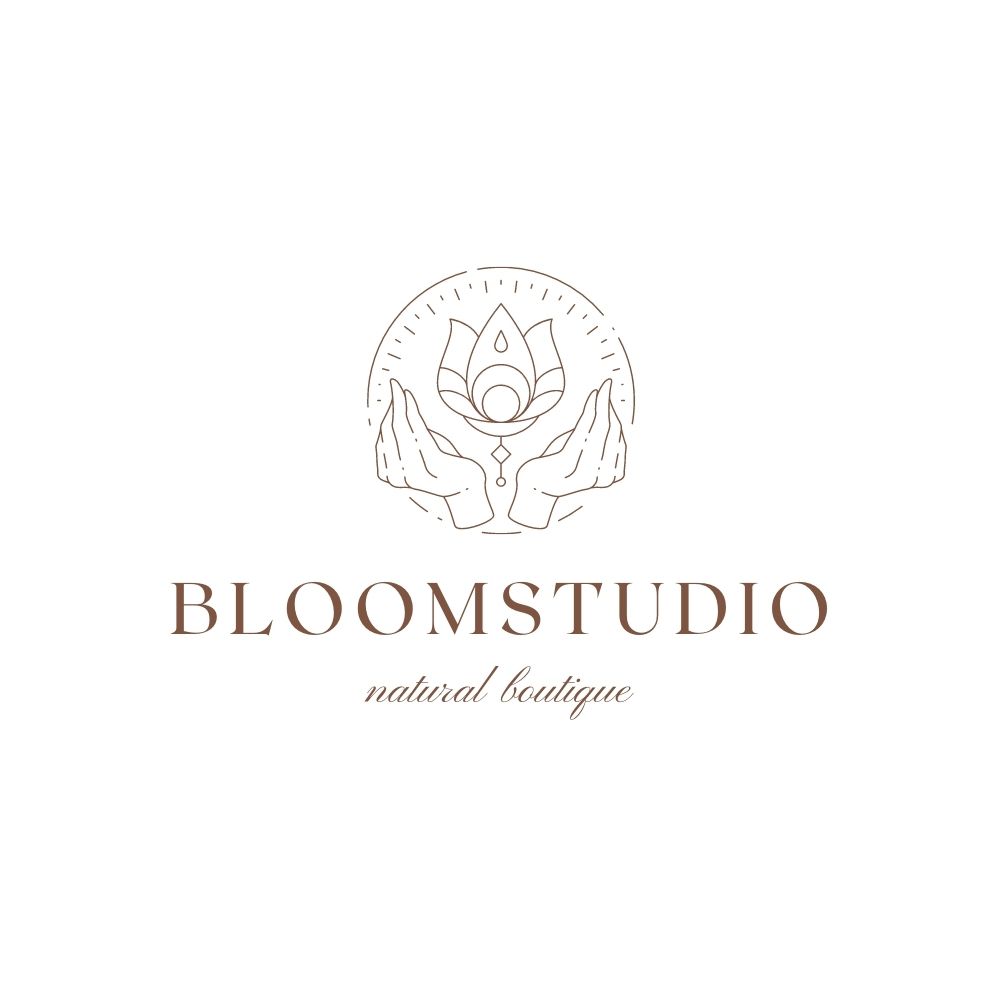
This is the logo template I’ve chosen for this tutorial as it will fit well with my mock brand ‘Autumn Lane’ which is a luxury boutique.
Step 2: Changing Fonts & Text
Now that you’ve chosen your Canva logo template, the first thing you’ll want to do is change out the text and update the fonts with your brand fonts.
If you want more information about choosing fonts and elements that align with your brand be sure to check out my series all about how to create a brand style guide for your blog:
Part One: How To Create A Brand Strategy For Your Blog
Part Two: How To Create A Brand Style Guide For Your Blog
Once you’ve added your text and updated your fonts, you just want to ensure that it still works with the logo style.
If something looks slightly off, you may need to tweak the font sizing and letter spacing slightly.
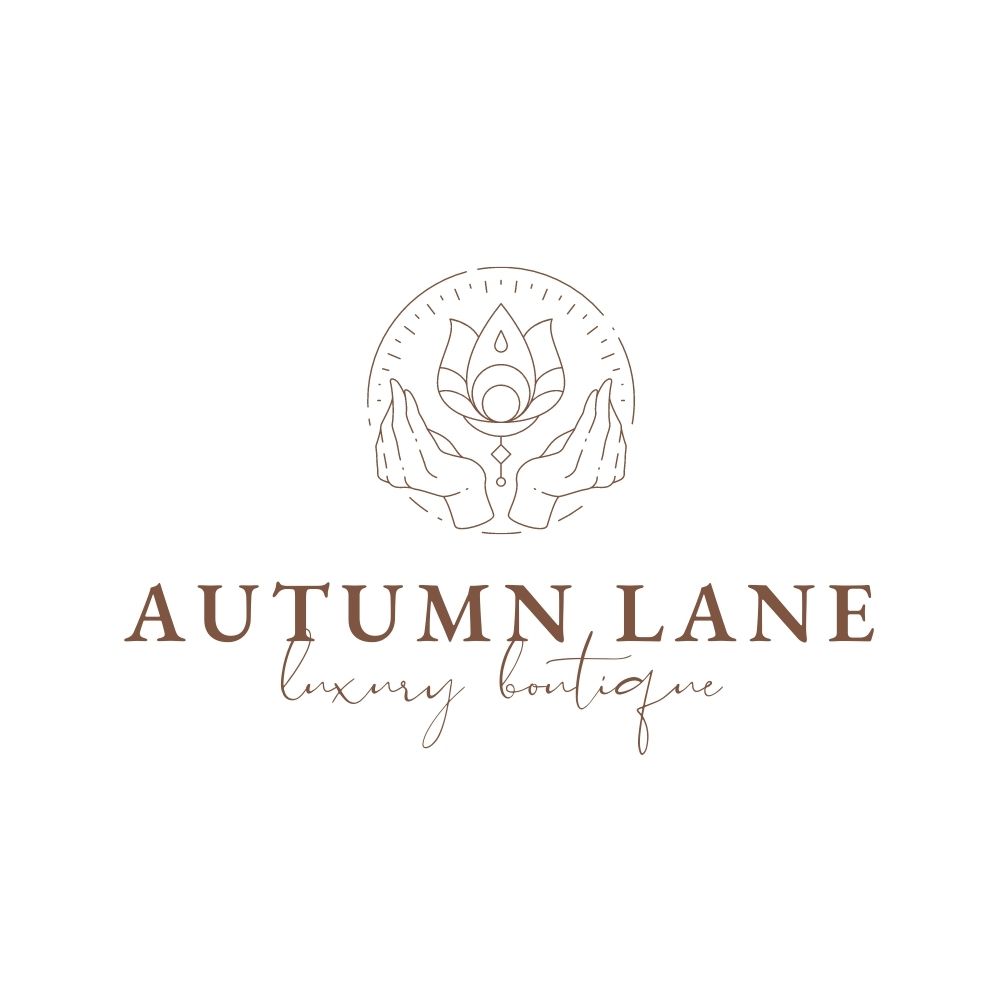
Step 3: Changing Elements & icons
If you have a clear idea of the type of icon you want for your logo you can search for keywords within the elements section.
Otherwise, if you like the icon that is currently in the template but obviously want it to be slightly different or just have it be a little more custom. There are 3 ways that you can search for similar icons.
All 3 of them will require you to first select the icon within the template, then within the top editing panel, click on the small information icon. This is going to give you information about that particular element.
See More Like This
From here you can search for similar items by clicking on ‘see more like this’ at the very bottom of the information panel.
This is going to bring up what Canva calls ‘magic recommendations’ or elements that have a similar look or design as the one you’ve selected.
See More By
If this doesn’t give you any results or at least none that you feel align with your brand, you can go back to the element information panel and underneath the element name will be a ‘see more by’ with the designer’s name.
Here you will be shown all the elements available in Canva that were created by the same designer. This option can be hit or miss depending on how varied the designer’s style is.
Search By Keyword
The final way you can search for similar items, is once again from the information panel under ‘keywords’ you can click on each of the keywords listed under your selected element and see other elements that match that keyword.
A quick note when searching within the elements tab, Canva recently changed the way it showcases results. They now show you all results within all categories ie. photos, videos, graphics, audio etc.
So when searching for elements be sure to filter your search by ‘graphics’ to make it easier to find relevant logo elements.
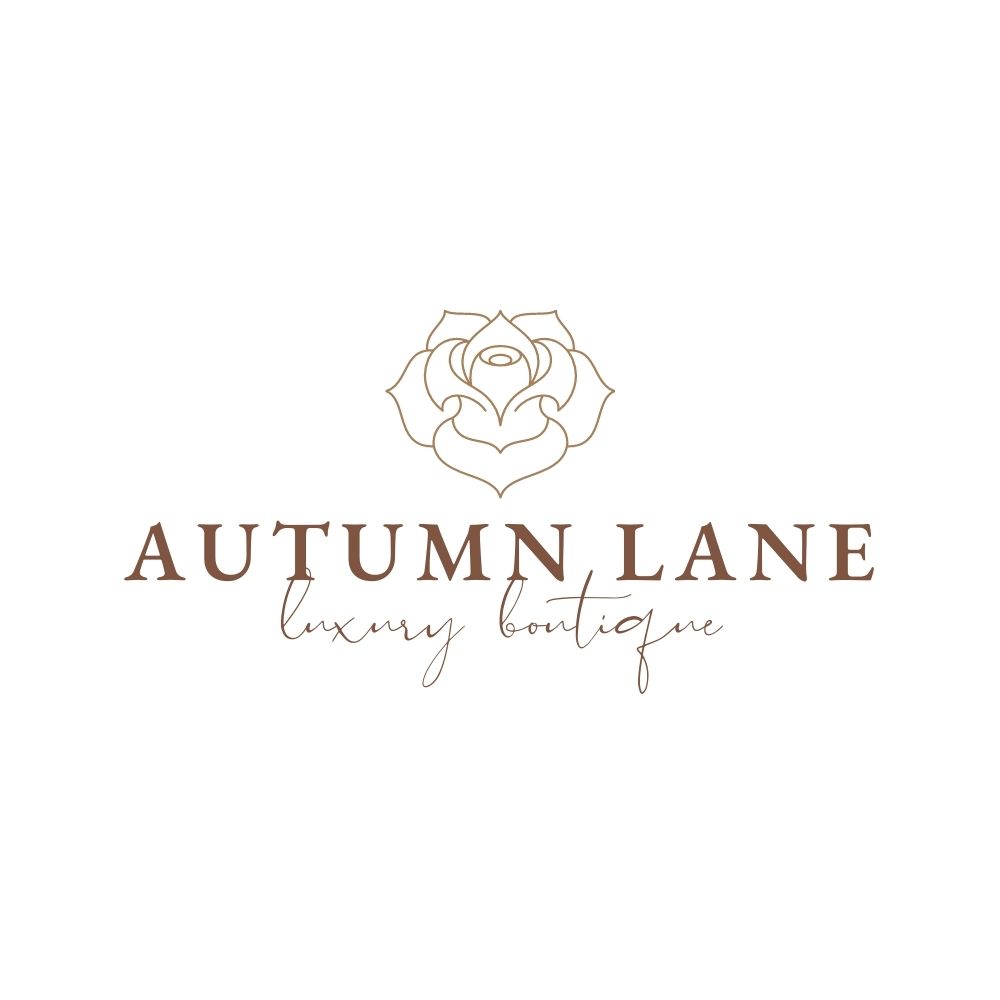
Step 4: Changing Colours
Again, if you want a complete tutorial on choosing colours for your brand, check out my post on How To Create A Style Guide For Your Blog.
Important points to remember here are that you want to have a clear contrast between your font or element colours and any background colours you may have.
You should always keep in mind the potential scalability of your logos. Your logo may look great while you are working on it on a large computer screen, but once you scale it down to fit onto a graphic or a social media profile image they have the potential to feel cluttered, not enough colour contrast, or you just lose too much detail.
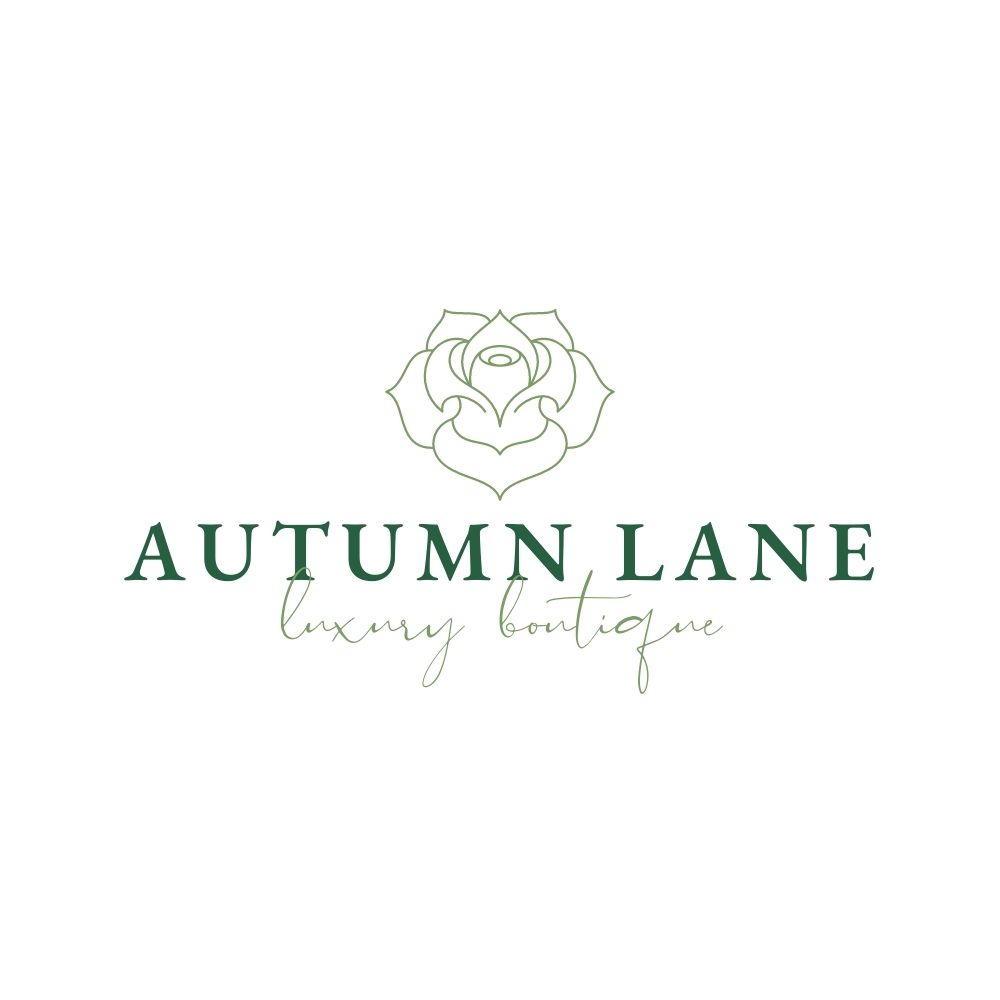
Step 5: Create A Logo Suite
Generally, the templates within Canva are for a singular logo, however, I always recommend creating a suite of logo variations.
In a logo suite you will generally have 3 main logos:
A Primary Logo
This is the logo you’ll use most predominantly throughout your branding such as for marketing material, banners, websites, letterheads etc.
A Secondary Logo
This will usually include all the same elements as your primary logo however rearranged into a stacked version. This is handy for any instances where your primary logo won’t fit or may appear too small due to the width.
A Sub-Mark
This is a simplified version of your logo used in places such as profile images, watermarks, favicons, Pinterest graphics etc. You can have multiple variations of a submark with different colours or backgrounds and these are generally in a circular or square format.
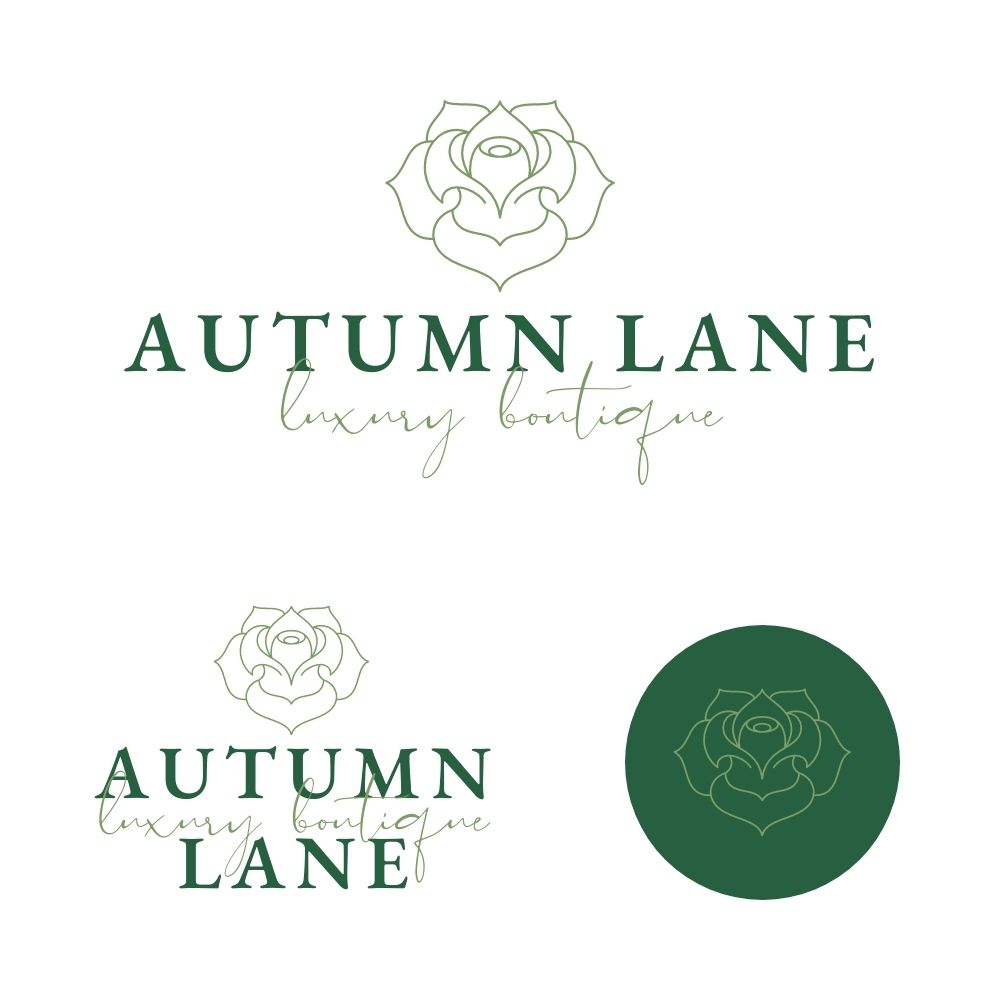
To end off this tutorial though, I just want to remind you that creating your own logo, whether it’s starting from scratch or customising a Canva template, is never easy and you probably aren’t going to love it wholeheartedly at first, but that’s ok.
Right now I’m just giving you the skills and advice to get started, helping to remove the excuses that are holding you back from launching your blog.
Your brand will evolve over time, your logo will go through numerous updates, heck you may even throw it all out and rebrand entirely down the track. But for right now, do the best you can with the tools and budget you have.
Lastly, if you want to really dive into creating a brand for yourself and your blog, you can download my free Brand Style Guide Canva Template which will walk you through each aspect of building a memorable and aligned brand.
Disclaimer: I sometimes include affiliate links within my posts for my fave products. If you click and purchase, I may receive a small commission at no extra cost to you.

0
Comments